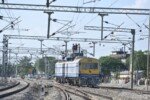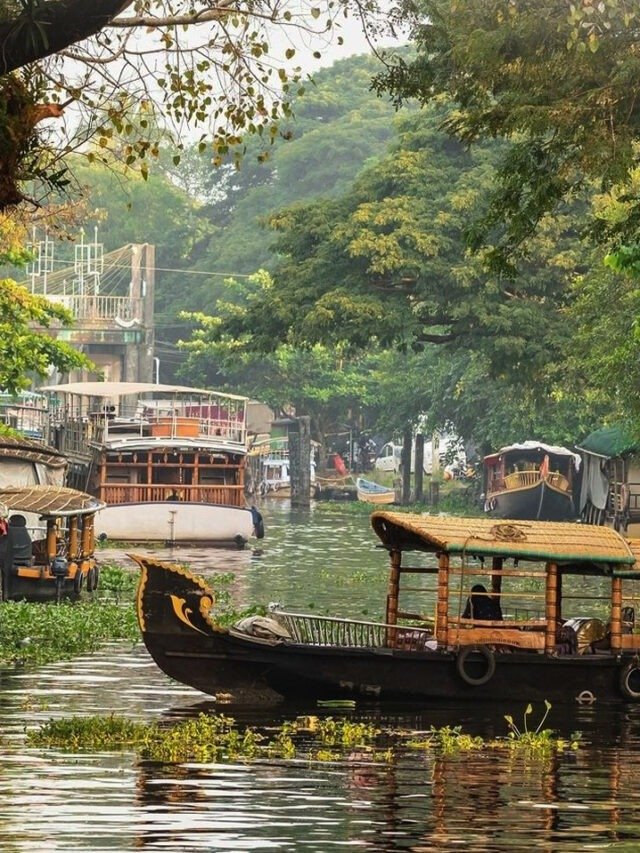GUWAHATI, July 15: In a major step towards modernisation and environmental sustainability, the Northeast Frontier Railway (NFR) has achieved seamless end-to-end electric traction up to Dibrugarh in Assam and Naharlagun in Arunachal Pradesh.
The development marks a significant advancement in the region’s railway infrastructure, bringing enhanced efficiency and reliability to one of the most vital transport corridors in the Northeast.
According to an official statement, this milestone is part of NFR’s ongoing electrification efforts across both the North and South banks of the Brahmaputra River.
It enables prestigious trains such as the Dibrugarh Rajdhani Express and the Arunachal AC Express to operate entirely on electric traction through newly electrified sections including the Rangiya–Rangapara North–North Lakhimpur route on the North Bank.
Electric operations have also commenced on the Sibsagar route, ensuring that all three major rail routes to Dibrugarh—via Moranhat, via the North Bank, and via the South Bank through Tinsukia—are now fully electrified.
The statement highlighted that the execution of this complex project across challenging terrains was made possible through coordinated efforts by teams across the Rangiya, Lumding, and Tinsukia Divisions.
Modern WAP-7 electric locomotives are now operating seamlessly in the newly electrified sections, underscoring the readiness of infrastructure and personnel.
Particularly notable is the electrification of the Tinsukia section along the South Bank, which has led to significant operational improvements.
Officials report enhanced train punctuality and speed, greater service reliability, and substantial cost savings due to reduced reliance on diesel engines.
In addition to operational gains, the transition to electric traction is expected to contribute meaningfully to environmental sustainability by cutting down on fossil fuel consumption and reducing carbon emissions.
The development is in line with Indian Railways’ broader vision of achieving 100% electrification and net-zero carbon emissions.
The NFR described the achievement as a transformative step for the Northeast, paving the way for safer, greener, and more efficient rail transport in the region.












